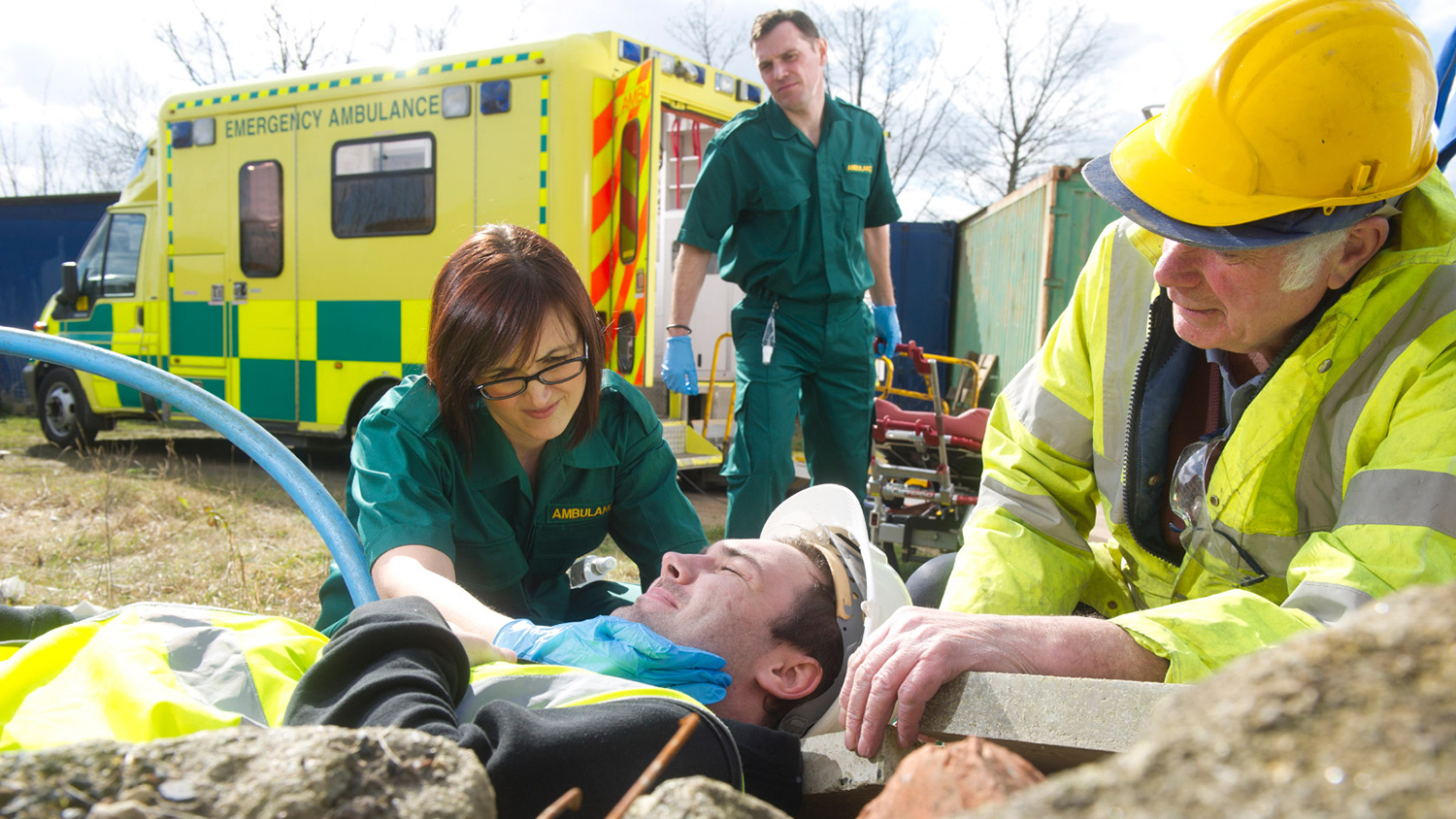
Investigating accidents and near-misses: why it’s crucial
You may not realise it but there’s no legal duty on an employer to carry out an investigation into an incident in the workplace. But, says law firm rradar, a business that doen’t look at every aspect of a near-miss or accident after it happens, with the aim of identifying its causes and a way of stopping it happening again, is very foolish indeed.
There are many reasons why it’s important to carry out an investigation after an incident.
It can:
- Identify and fix any breaches of health and safety regulations that weren’t directly involved in the incident.
- Give a snapshot of what really happens at work, rather than what the policies and procedures say should be happening.
- Identify ways that incidents can be prevented from reoccurring.
- Help update risk assessments – clearly, if an incident has happened, the risk assessment was not working.
- Help when the time comes to renew the business insurance policy – showing the insurer that the cause of an incident has been identified and steps taken to prevent its recurrence may affect future premiums.
If the HSE becomes involved, the business’ solicitor will need all the information they can get, so a detailed investigation report will be invaluable.
Last, and by no means least, an immediate investigation shows the workforce that the business takes its health and safety commitments seriously and has their welfare at heart.
Of course, for many businesses, the commercial point of view is equally important. Considerations include:
- Sick pay;
- Lost production;
- Damaged equipment;
- Time spent investigating accidents;
- Possible fines and legal costs if a prosecution happens; and
- Damage to the firm’s reputation and loss of custom and contacts.
So, when should an investigation be carried out?
The investigation should begin as soon as possible. This makes sense as people’s memories and their motivation to participate are at their greatest immediately after an incident. The longer things are left, the harder it will be to carry out a full and satisfactory investigation.
What should be investigated?
It would be very inefficient in terms of time and resources if an investigation was undertaken every time an incident went into the accident book.
A line needs to be drawn between something that’s serious enough to be recorded in the book and one that will need to be investigated because of the significant implications of its occurrence.
Factors in the decision process will include:
- Is the incident likely to happen again?
- If so, what is the potential for serious harm?
- Has there been a history of this kind of incident?
If a major accident has happened to someone while doing what should be an everyday job, that needs to be investigated quickly as it could soon happen again to another worker.
How should it be investigated?
The HSE guidance Investigating accidents and incidents sets out four steps for any investigation:
- Gathering information.
- Analysing information.
- Identifying risk control measures.
- Producing and implementing an action plan.
A thorough investigation adopting these steps can identify three levels of accident causation:
- Immediate causes.
- Underlying causes.
- Root causes.
Armed with this information, it will be easier to understand what happened and how to stop it happening again – the ultimate aim of any investigation.
Who can investigate accidents at work?
A business can carry out their own internal investigation if they have the resources and skills to do so.
The people usually involved in an internal investigation are:
- The person responsible for health and safety.
- A safety committee, if there is one and the business is large enough.
- If the incident is serious, senior management and/or a lawyer.
The team must include people with the necessary investigative skills (e.g. information gathering, interviewing, evaluating and analysing) and they must have adequate time and resources to carry out their investigation fully and effectively.
It’s recommended that the person leading the investigation be given free and unhindered access to relevant sources of information. They should also remain impartial and should have a direct reporting line to someone with the authority to make decisions and act on their recommendations.
If the business doesn’t think they have the kind of person who could tick all those boxes, it may be a good idea to look for an external investigator to head up the process.
Investigating near-misses
Most people would agree that the reasons for investigating an accident are obvious. However, dedicating the same amount of time and effort to a near-miss might not be so clear-cut.
Often, the difference between a near-miss and an accident is luck. Therefore, carrying out an investigation into a near-miss is really following the same causes and underlying factors but with a slightly different result.
An investigation is not the final episode in the story of an accident or near-miss, but the start of a preventative exercise that could well stop future accidents, and fatal ones at that. It will make sure lessons are learned, no matter the outcome.
The importance of legal advice
If the business has a legal advisor, they should become involved at the first stage of the investigation, preferably before the HSE is contacted. A specialist lawyer can give invaluable guidance on how to carry out the investigation, what evidence is needed, how to obtain witness statements that will carry weight in a legal case and what the HSE and police may be looking for and/or asking in interviews under caution.
It is also worth remembering that internal investigations are not legally privileged. If requested by the HSE, details of the investigation must be handed over. This is another good reason to get a solicitor involved from the start of the process. That’s because the HSE cannot request a copy of the investigation report if the investigation is:
- Carried out by the business’ solicitor.
- Carried out at the request of the business’ solicitor to find out legal liabilities from the incident.
The importance of incident investigation is explored in detail in IOSH Managing Safely. Taking the time to train your managers in health and safety ensures a proactive safety culture in which hazards, and risks are appraised before they become accidents and insurance claims. Find out more here.





